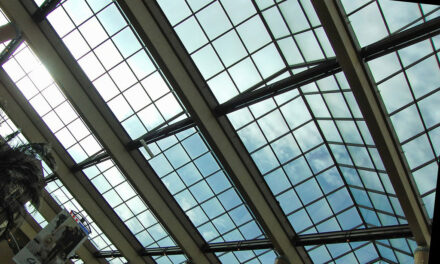The Gypsum Association (GA) has released a revised and updated environmental product declaration (EPD) for glass mat gypsum panels. Following the standards set in the Association’s product category rules (PCR) for North American gypsum panel products, the EPD provides vital environmental performance information addressing energy consumption, water consumption, global warming, waste, air emissions and other metrics related to production.
The EPD was prepared by the Athena Sustainability Institute and was verified by ASTM.
Steve Meima, LEED Green Assoc., executive director of the Gypsum Association, noted, “The Gypsum Association has an ongoing commitment to environmental stewardship. The development and release of this new ISO 21930 compliant, Type III, cradle-to-shipping gate EPD, demonstrates our member companies’ efforts to transparently report environmental impacts as a means of contributing to sustainable design and construction.”
Use of exterior gypsum sheathing in multifamily, mixed-use, and commercial construction sectors is rapidly expanding due to the product’s enhanced fire resistance and mold/moisture resistance. Glass mat sheathing can also withstand significant weather exposure compared to other sheathing types.
The Association’s life cycle resources are available at gypsum.org to aid design and construction teams as they strive to meet the sustainability standards set by the United States Green Building Council’s Leadership in Energy and Environmental Design (LEED). Project teams pursuing certification under LEED v4 or LEED v4.1 can use the EPD to achieve points under the Materials and Resources Credit: Building Product Disclosure and Optimization Environmental Product Declarations. In addition, the Whole-Building Life-Cycle Assessment credit awards up to four points for demonstrating a minimized embodied environmental footprint in new construction. The newly released Life-Cycle Assessment (LCA) Report Gypsum Wallboards provides the data necessary for those credit calculations.




